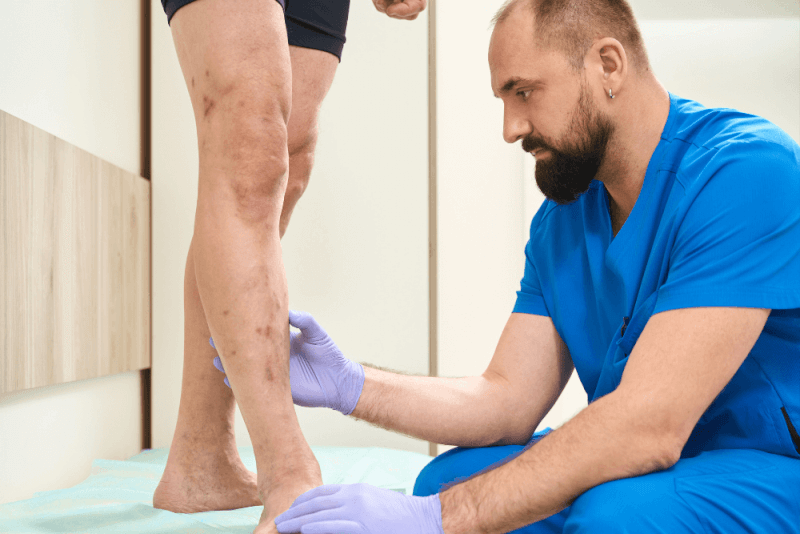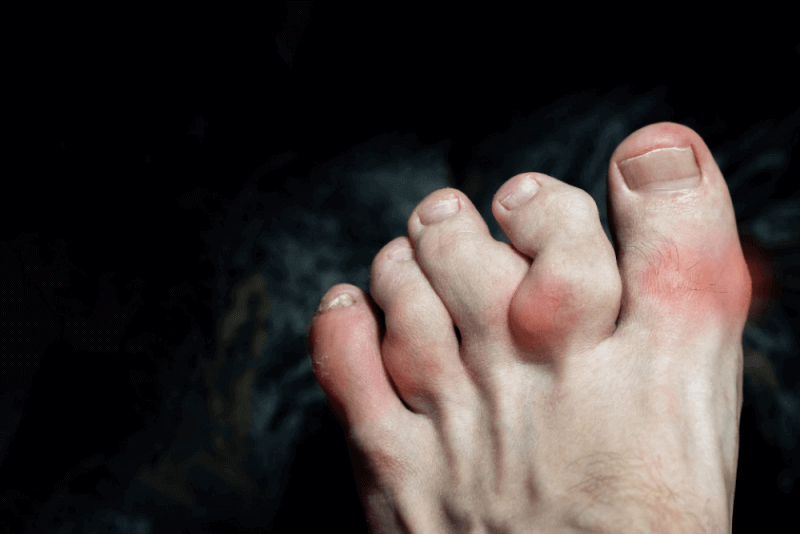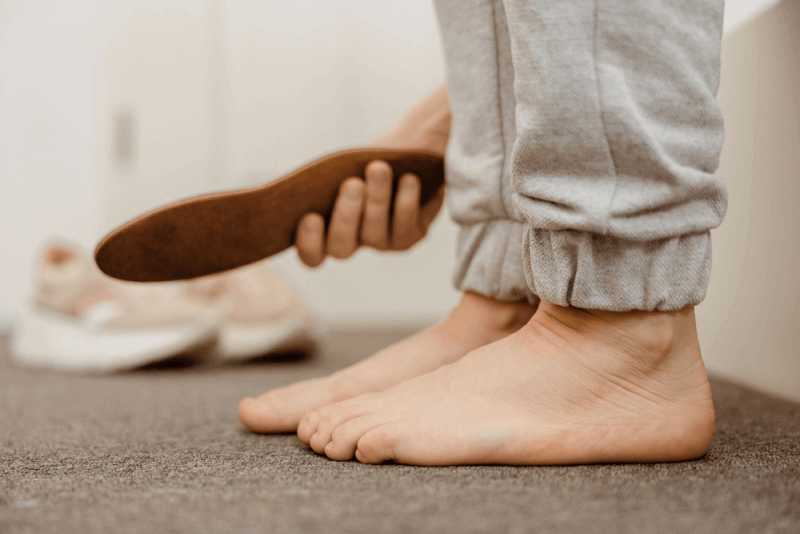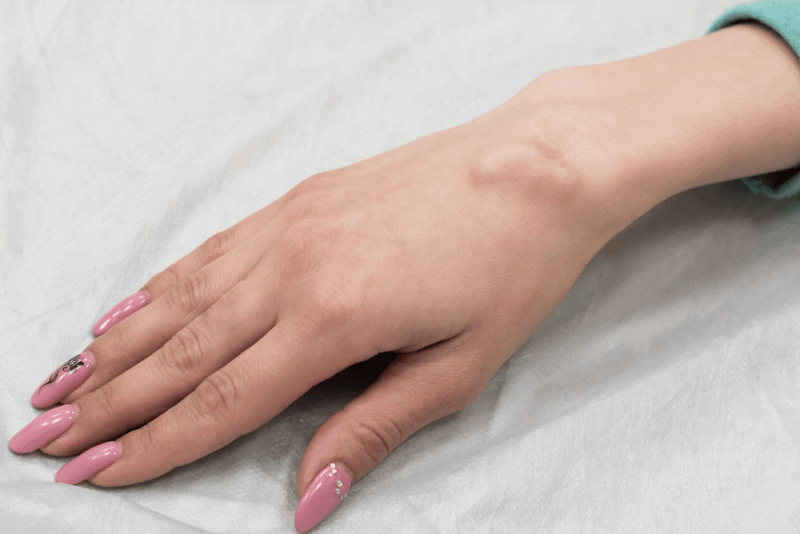What is height-lengthening surgery?
Height-lengthening surgery, also known as limb-lengthening surgery, is a procedure in which the bone in an arm or leg is lengthened. Limb-lengthening surgery is considered in the following situations:
- Humerus (upper arm bone)
- Radius/ ulna (forearm bones)
- Femur (thigh bone)
- Tibia (shin bone)
The benefits of height-lengthening surgery
Limb-lengthening surgery helps to increase the length of bones in people with bone discrepancies, growth abnormalities, or skeletal dysplasia. The procedure has a high success rate, leading to the following improvements:
- Gait
- Flexibility
- Strength
- Range of motion
- Correction of posture issues
- Reduction of pain in the hip, knee, elbow, or ankle
Additionally, height-lengthening surgeries are nowadays also performed for aesthetic purposes. Individuals who desire to increase their height opt to have surgery on both legs.
Complications of height-lengthening surgery
Potential risks of height-lengthening surgery include:
- Inadequate bone healing
- Failure to achieve the desired length
- Muscle or nerve damage
- Infections at the surgical site or in the bone
- Infections at the pin sites for external devices
- Joint issues in the lengthened limb
Why is height-lengthening surgery performed?
Height-lengthening surgeries are performed to treat differences in the length of arms or legs. They are also used to treat conditions that cause irregular bone growth or shortening. Experts may recommend limb-lengthening surgery in the following situations:
- Benign bone tumors in the growth plate
- Osteomyelitis
- Cerebral palsy
- Fractures of the growth plate
- Congenital femoral deficiency (a condition where one femur is shorter than the other, present from birth)
- Skeletal dysplasia (genetic conditions that affect bone growth, such as dwarfism)
- Hemihypertrophy (a rare condition in which one side of the body grows more than the other)
How is height-lengthening surgery performed?
The methods used before, during, and after height-lengthening surgery are as follows:
During surgery
Height-lengthening surgeries consist of two main stages:
- An osteotomy is performed to divide the affected bone into two segments.
- A limb-lengthening device is attached to both sections of the bone.
Types of height-lengthening surgery
The method used in height-lengthening surgery depends on the device employed. The devices used in height-lengthening surgeries include:
External fixation (Ilizarov technique)
One of the devices used in height-lengthening surgery is external fixation. This device involves attaching the bones to a thin, lightweight metal frame with pins or wires. The majority of the frame and device is outside the body. These devices are typically a few centimeters away from the body, making it difficult to wear certain clothes. Many people wear shorts or short sleeves to avoid interference with the device.
Internal fixation (Motorized nail)
Internal fixation is a newer technique compared to external fixation, also known as the motorized nail. This device is a screw-like device placed inside the bone, making it invisible outside the body.
Combined technique
In surgeries using the combined technique, the height-lengthening device is placed both inside the bone and outside the leg. The lengthening process is carried out for about 2-3 months. After the third month, the external part of the device is removed.
To remove the internal part, the bone needs to harden. This method allows for a lengthening of 6-7 cm in a single session. When applied to both the lower and upper leg, the average length achieved ranges from 10 to 14 cm.
Pre-surgery considerations for height-lengthening surgery
Before undergoing height-lengthening surgery, doctors take X-rays to measure the bone. These tests help determine how much lengthening is needed. Typically, the bone is expected to grow up to 5 cm per surgery. Before the operation, surgeons thoroughly explain how patients should prepare for the surgery.
Post-surgery care for height-lengthening surgery
After height-lengthening surgery, patients stay in the hospital for a few days. Before discharge, surgeons provide instructions on how to use the limb-lengthening device. If an external device is applied, the pin sites must be cleaned daily to prevent infections. If an internal device is used, it is sufficient to keep the surgical site clean until it heals.
When the leg bone is lengthened, walking may not be possible for several weeks. During this period, a wheelchair, crutches, or other assistive devices may be used. In arm lengthening surgeries, lifting anything should be avoided for several weeks.
Other important points to consider for a successful recovery include:
- Avoiding exercises beyond what the doctor recommends, as it can lead to injuries.
- Following a healthy diet rich in fruits, vegetables, whole grains, and protein.
- Continuing exercises at home in addition to attending physical therapy.
The recovery process for height-lengthening surgery
After height-lengthening surgery, patients usually stay in the hospital for about three days. The recovery process after surgery is known as the distraction phase, which lasts about two months. During this phase, the two bone segments are gradually separated. As the bones are pulled apart, the body fills the gap with new bone tissue. During this phase, the following events occur:
Adjusting the lengthening device
Patients need to make small adjustments to the device several times a day. Each adjustment separates the bone segments slightly, triggering the body's natural bone regeneration process. This allows the segments to grow and gradually fuse together. For external devices, adjustments are made by turning a knob or other mechanism. For internal devices, a remote control is used to rotate the rod inside the bone.
Physical therapy
Physical therapy, especially for leg lengthening surgeries, should be performed several times a week to achieve the best results. Physical therapy helps improve the range of motion and strengthens the new bone. Physical therapists also demonstrate exercises to continue at home.
Regular check-ups
Regular check-ups are necessary to monitor the progress of bone growth. During these visits, X-rays are taken. If the bone is growing too quickly or too slowly, the treatment may need to be adjusted.
After completing the limb-lengthening process
Once the limb has reached the desired length, it needs time to harden. Experts refer to this phase as consolidation, which lasts about three months. During this phase, patients should follow these guidelines:
- Although the bone-lengthening device remains in place, further adjustments are not necessary.
- Physical therapy should continue to ensure the new bone is functional and healthy.
- Initially, crutches or other assistive devices may be needed to bear weight on the new bone. Toward the end of this phase, specialists may recommend using the limb without assistance. It is crucial not to put weight on the limb earlier than advised by doctors.
Device removal
In most cases, the device is used for three months initially, followed by an additional six months to achieve the expected growth. After the bone has fully hardened, a minor surgery is performed to remove the internal pins. Some people use a cast or brace for a few weeks after the device is removed.
Risks of height-lengthening surgery
The risks associated with undergoing height-lengthening surgery include:
- Loss of flexibility
- Infection
- Risks related to anesthesia
- Failure of bone fusion
- Bleeding
- Implant failure
- Allergy








